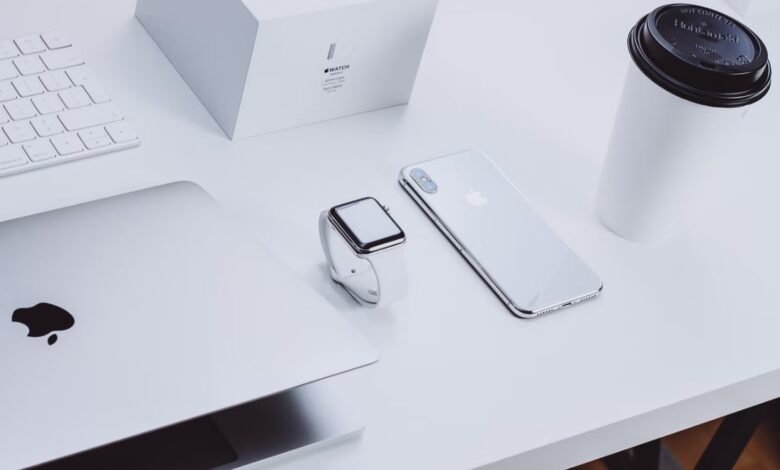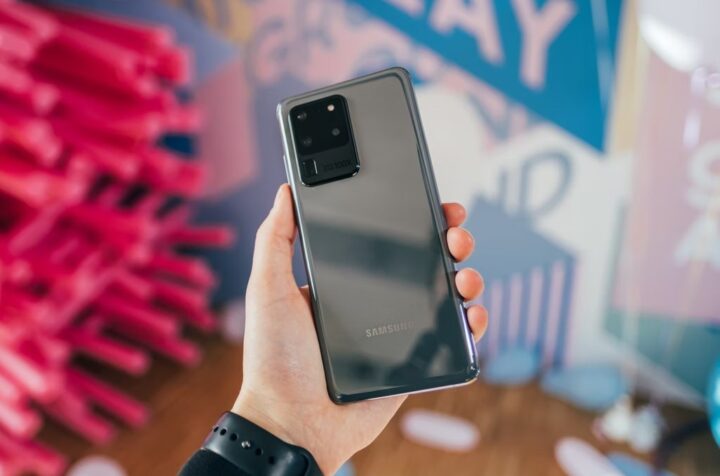Why Are Smartphones So Much More Expensive?

Back in 2000, when mobile phones were used primarily for making phone calls, Nokia released the Nokia 3310. This bulky device came with a monochrome screen with a resolution of just 84 x 84 pixels. It had revolutionary features like the ability to send and receive SMS messages and included one of the most iconic mobile games of all time: Snake.
To get your hands on this market-transforming device at that time, you’d need to fork out around $200-300.
Seven years later, Apple released a revolutionary new type of mobile device called the iPhone. The iPhone led the way in the new “smartphone” category, with a capacitive multi-touch screen that removed the need for physical buttons.
In less than a decade, Apple had created something that looked space age compared to the primitive Nokia 3310.
It allowed you to play quite detailed games on its large 3.5-inch screen, send emails, listen to music, and surf the internet. Then came dedicated apps that let you browse social media sites like Facebook and Twitter, place bets with companies like oddschecker, or do your banking on the go.
The cost to buy this pioneering device? $499, only a couple of hundred dollars more than the Nokia 3310 on its launch, even without accounting for inflation. It’s no surprise then that people flocked to stores to buy the iPhone and the competitor devices that launched shortly afterwards.
Rising Costs

Since these humble beginnings, prices have been creeping up, with the latest devices costing more than double the original price of the iPhone.
The smallest and cheapest model of iPhone in 2007 cost $499, this increased to $599 for the next few models, before increasing to $649 for the iPhone 4S, 5, 5S and 6.
When the iPhone X launched in 2017, it cost $999, although the base model iPhone 11 did come down in price when it launched in 2019. Even accounting for inflation, these phones are several hundred dollars more expensive than the earliest models.
The same pattern can be seen from other flagship manufacturers, including Samsung, whose Galaxy S20 5G starts at $999, while the S20 Ultra can cost more than $1,500.
Even cheaper flagship handsets, like the OnePlus, have increased in price a lot. In 2014, the original OnePlus One cost $299, while the OnePlus 10 Pro starts at $899 in this 2024.
So what’s driving up the prices?
Early Adopters
One factor to consider is that companies will simply charge whatever the highest price people are willing to pay. Early adopters will spend a large premium to be one of the first people to get their hands on one of these handsets, often buying out of an existing contract to take up a new one.
For this group of consumers, money is no object, and they’ll pay whatever is asked just to get their hands on the cutting edge tech. You can see their commitment to having the latest handset from the large queues that appear outside Apple stores on the day that the latest devices go on sale.
This excitement has dwindled slightly in recent years, but there’s still a large segment of dedicated early adopters.
Improved Tech Specs

Many manufacturers and consumers justify this price hike by citing the wealth of new features included in contemporary smartphones that weren’t present in handsets from a decade ago.
On the surface, this seems to make sense. The original iPhone that launched in 2007 had a 32-bit RISC ARM processor that had a clock speed of 620 Mhz, however it was made to run slower by Apple (most likely to preserve battery life).
Today’s iPhone 11 and SE handsets have a custom-designed six-core processor that Apple calls “Thunder and Lightning”. “Thunder” referring to the four low-powered cores that do the brunt of the device’s work, and “Lightning” being the two high-speed cores that kick in to deliver bursts of fast computing power when needed.
The same can be seen in the amount of memory, which has increased from 128 MB to 4 GB in iPhones. Storage space too, the original started with a 4 GB base model, while the iPhone 11 can be bought with no less than 64 GB of storage.
The screens are bigger on the latest devices, providing higher resolutions HD and 4K graphics that make for an excellent experience for watching videos.
On the back of the device, the latest smartphones have two, three and sometimes four separate cameras, allowing for 4K video recording, as well as wide, ultrawide, and close up photography. While on the front, the selfie camera (which wasn’t even a feature in 2007) is better than the rear camera on the original iPhone.
The original iPhone didn’t even have 3G capabilities, although other devices at the time did. Today, all new smartphones have 4G LTE installed, and most also support 5G.
Overall, today’s devices provide an all-round better experience. They can run more complex apps, take better photos and videos, surf the internet faster, and let you watch videos and play games in high definition.
Yet, at the same time, we haven’t seen the same price increases in personal computers or other electronics.
Component Prices

While we can attribute some of the cost increases to the fact that consumers are willing to pay more, the ever-increasing features manufacturers are cramming into devices, and inflation, there’s still another factor.
The cost of the components that go inside electronic devices has been on the rise for the last few years.
The prices of DRAM and other flash memory chips have been driven up by increases in demand as more and more devices get manufactured. In the PC market, manufacturers began installing less powerful and fewer chips in devices where they could get away with it. This is why many mid-range PCs still come with just 4 GB of RAM, the same as the latest iPhone.
Smartphone manufacturers didn’t have this luxury though, as they have been stuck in an arms race to have the best, fastest, and most powerful device on the market.
Combined, all these factors have come together to increase the cost for consumers. They can beat the price hikes though by holding on their handset for longer, changing it every three to five years instead of every one to two.
